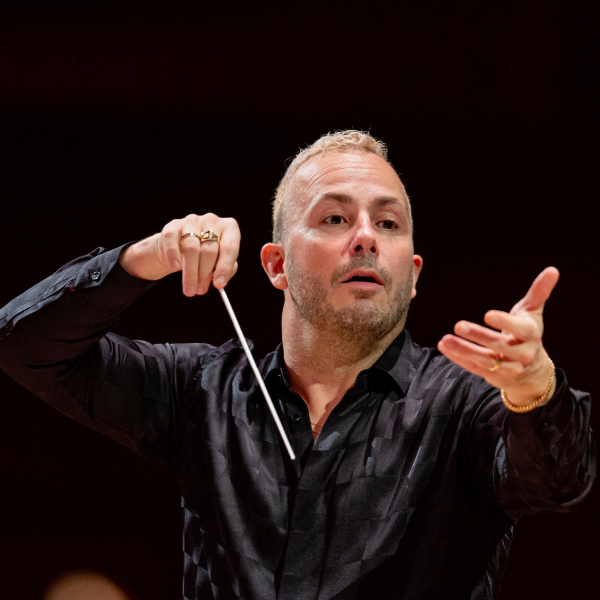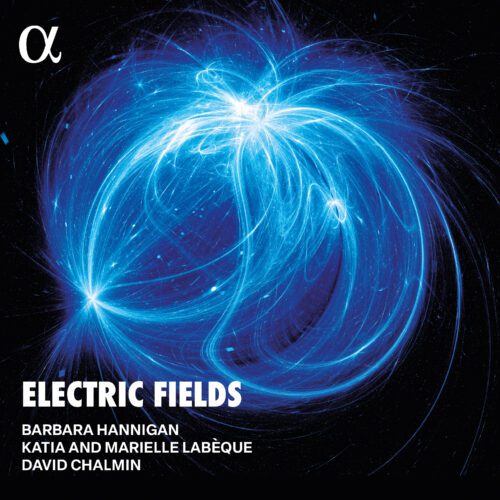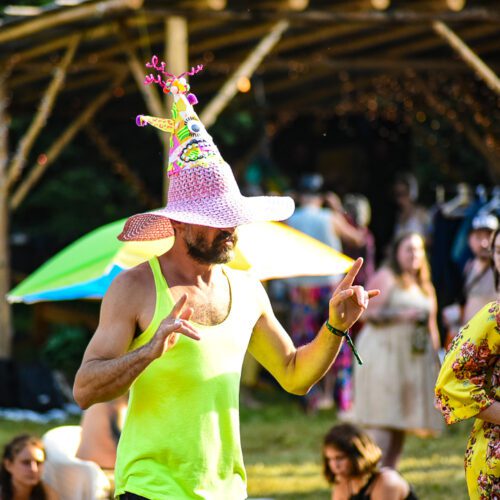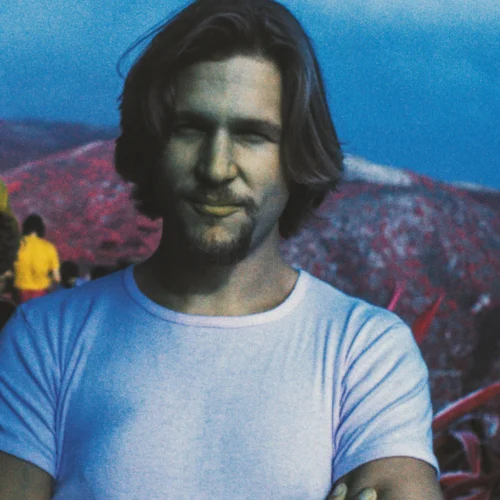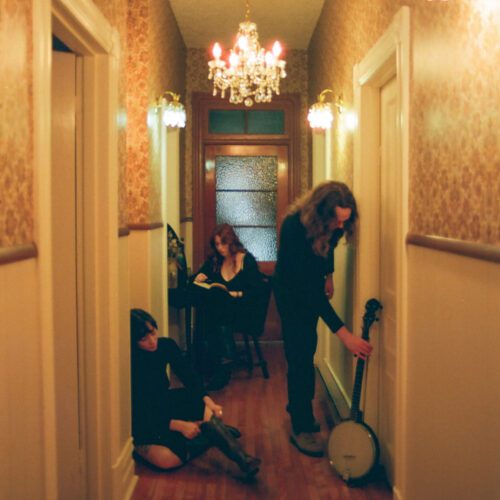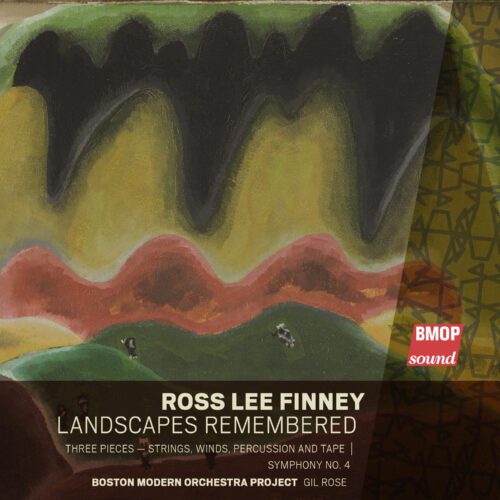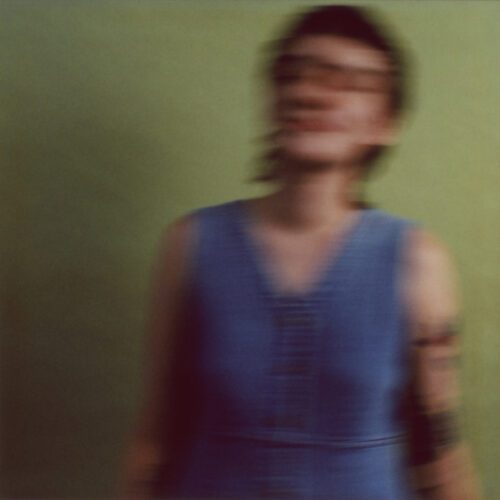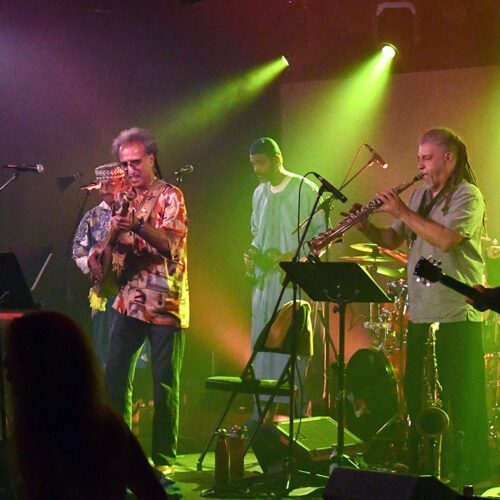Second stop on Friday October 18 for the Orchestre Métropolitain on its Beethoven marathon at the Maison symphonique with Yannick Nézet-Séguin.
After a heroic introduction the day before, the next kilometer to be covered by the metropolis’ orchestra was devoted to symphonies no 6, known as “Pastorale”, and no 7, preceded by a premiere by young composer Francis Battah, already the recipient of several distinctions in Europe and Canada. His Prelude to Urban Landscapes, which opened the evening, was specifically conceived to precede the first movement of Symphony no 6. In this short piece, Battah reuses several thematic materials from the “Pastorale”, deconstructing and modifying them through complex language and writing. The use of several playing modes (arco for strings, flatterzunge for winds) lends the work a dynamic character and a strong timbral dimension. The piece ends with a ghostly string glissando, before moving straight into the first movement of the Sixth Symphony. The transition is naturally astonishing and fluid, so much so that the musical quotations, which we do not necessarily recognize immediately, but which we distinguish by the evocation of timbre, have prepared our ears for “l’Éveil d’impressions agréables en arrivant à la campagne”.
One of the most descriptive pieces in Beethoven’s symphonic catalog, Symphony no 6 is also one of the composer’s best-known works, in which it can be easy to fall into easy listening and autopilot, so familiar are its themes that they have been played and heard over and over again. Yannick doesn’t take the easy way out. Conducting the entire symphonies by heart, the conductor calls on every musician in his orchestra to sculpt meaningful phrasing and lines. After the luminous energy of the first movement, the second (“Scènes au bord du ruisseau”) plunged the audience into a soothing, restful state with ethereal sonorities. The third movement exuded a genuine village festive spirit, with the winds standing out overall, despite a few minor inaccuracies. After the festivities, thunder is heard in the fourth movement, heralding the storm. A storm that YNZ gently initiates, as if in the distance, before building in intensity to the point of eruption. With careful control of dynamics, the pastoral song that follows concluded the symphony with serenity.
The second part of the concert, dedicated to the Seventh Symphony, offered a contrast in its bright, rhythmic and vital character. The first movement was regal in character, with a tempo that Nézet-Séguin deployed with elegance. Magisterial was the transition from attacca to the famous second movement, a dramatic funeral march, in which everything, from dynamics to nuances, was just right and balanced. The exposition of the movement architecture was finely constructed by the conductor, in particular by highlighting the interaction between the violin and viola lines. The third and fourth movements, marked Presto and Allegro con brio, were a fantastic, breathless ride in which the rider Nézet-Séguin had great fun, almost dancing on the podium, infusing the various sections of the orchestra with a festive, captivating vitality. This performance was the highlight of the evening. At the end of the run, the orchestra received long applause from a relatively large, jubilant audience.
Addressing the crowd, Yannick Nézet-Séguin issued this invitation: “Sunday, 11am. Tell your friends!” The invitation is made. And we’ll be there for the rest of the tour.
